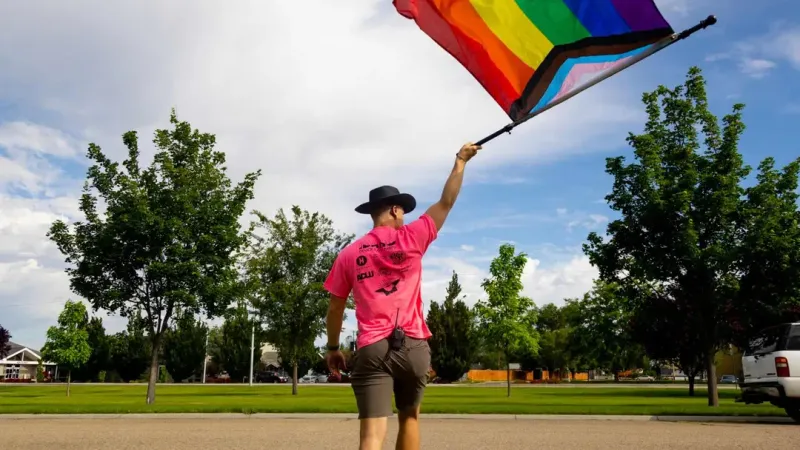Nepal Shelves Plans to Move Everest Base Camp
Authorities in Nepal have reportedly shelved plans to move the Everest base camp after widespread resistance from the Sherpa community and other mountaineering operators.

Facts
- Authorities in Nepal have reportedly shelved plans to move the Everest base camp after widespread resistance from the Sherpa community and other mountaineering operators.1
- The potential move was first announced in June last year. It came following concerns that the Khumbu glacier, on which the base camp sits, was rapidly thinning due to human activity and increased greenhouse emissions.2
- However, a number of officials and local experts reportedly stated the idea to move the base camp was not feasible and that there were no workable alternatives.1
- Despite this resistance, scientists insist a change of site location is needed, warning that climbing from the current location will become increasingly more dangerous. It's been warned that melting ice will create streams running through the base camp, increasing the risk of avalanches, ice, and rock falls.1
- Nepal has issued a record 454 permits for climbing Mount Everest this year, meaning over 900 climbers will attempt to scale the summit this spring with visitors typically climbing with a Nepali guide.3
- Monday marked the 70th anniversary of when the summit was first successfully climbed by Edmund Hillary and Tenzing Norgay Sherpa on May 29, 1953.4
Sources: 1BBC News, 2Sky News, 3Independent, and 4Al Jazeera.
Narratives
- Pro-establishment narrative, as provided by Al Jazeera. Seventy years on from the first successful climb, Edmund Hillary and Tenzing Norgay Sherpa have opened the door to thousands of others following in their footsteps — transforming the surrounding area from small farming villages to bustling economic engines that bring in millions of dollars to the local population.
- Establishment-critical narrative, as provided by Bangkok Post. In issuing a record number of permits, Nepal is prioritizing short-term income over the long-term state of the mountain. Worse still, they're turning a blind eye to the safety of the climbers who are at greater risk of dying under these conditions. This situation is not sustainable.






